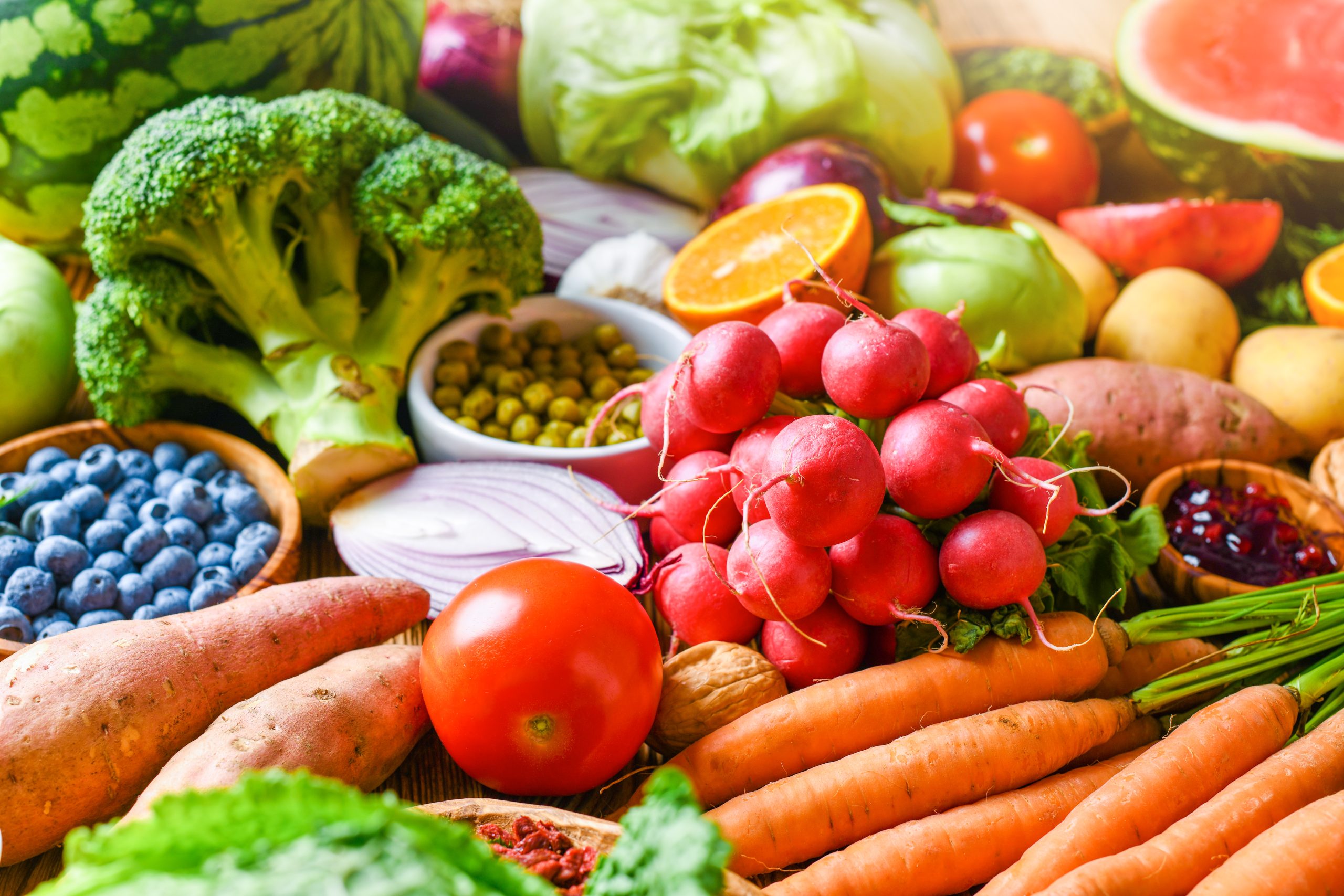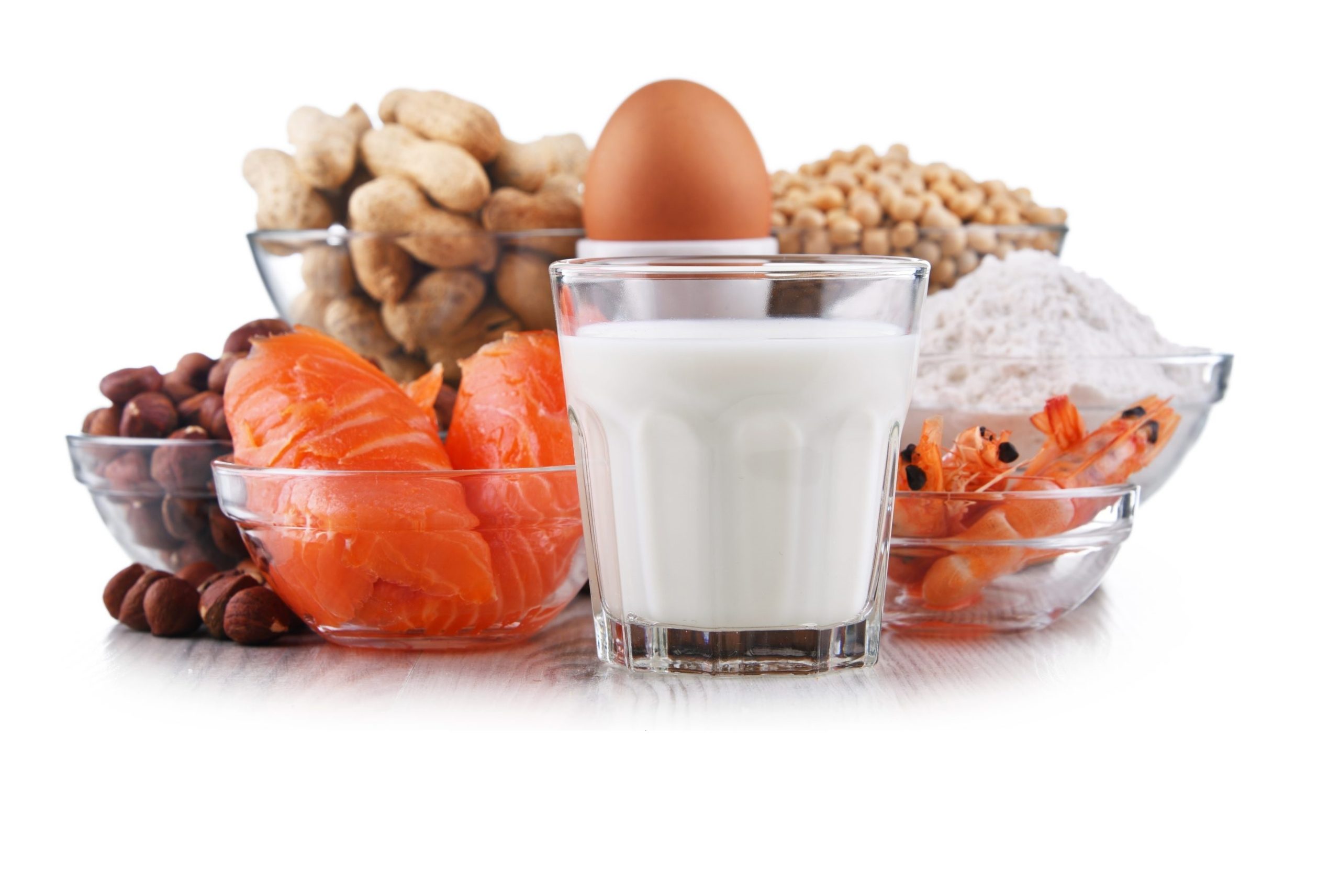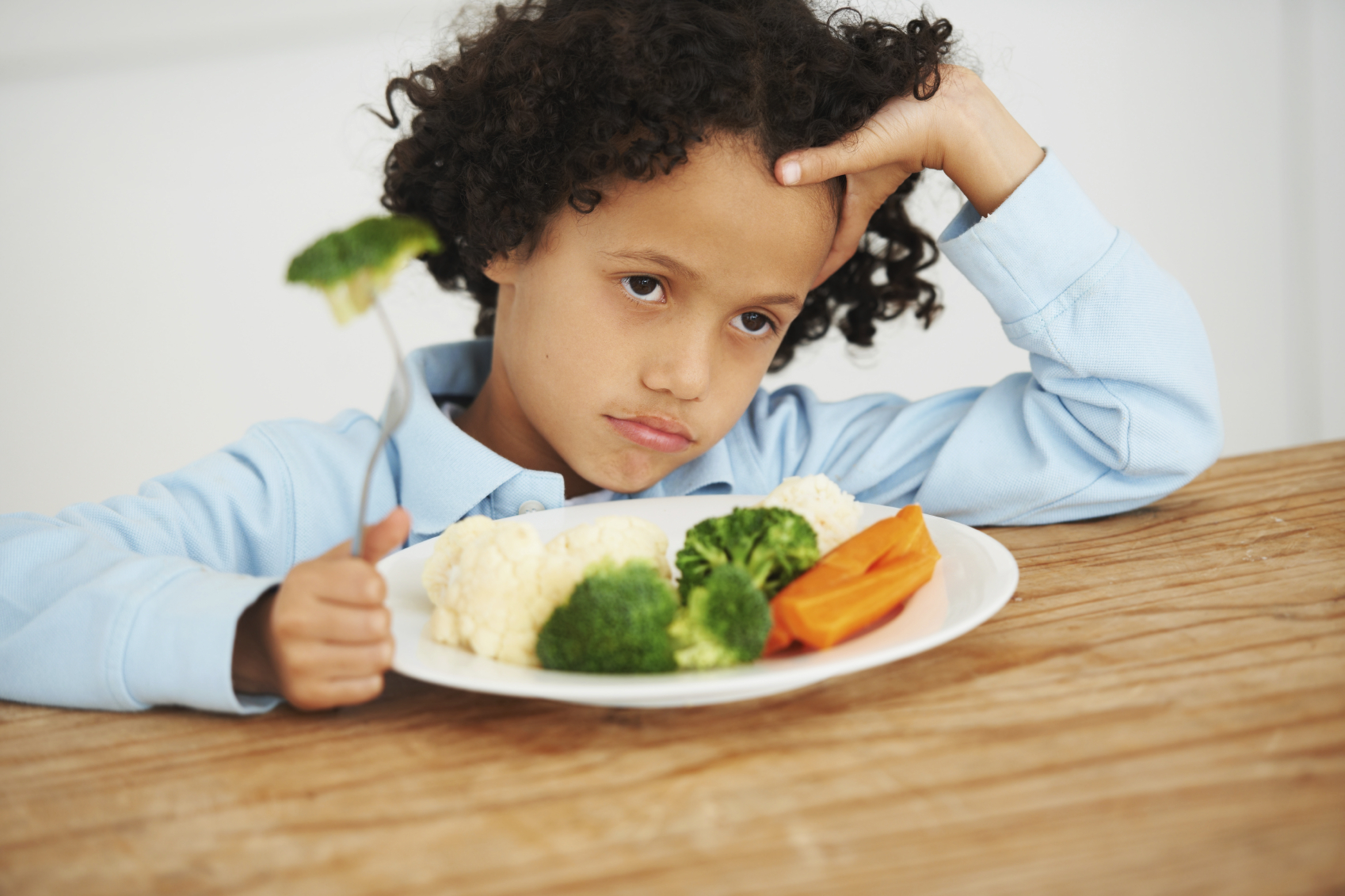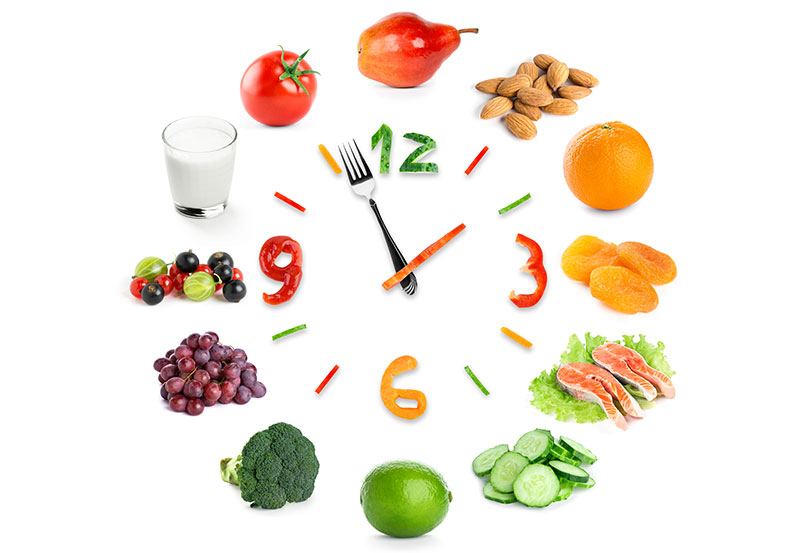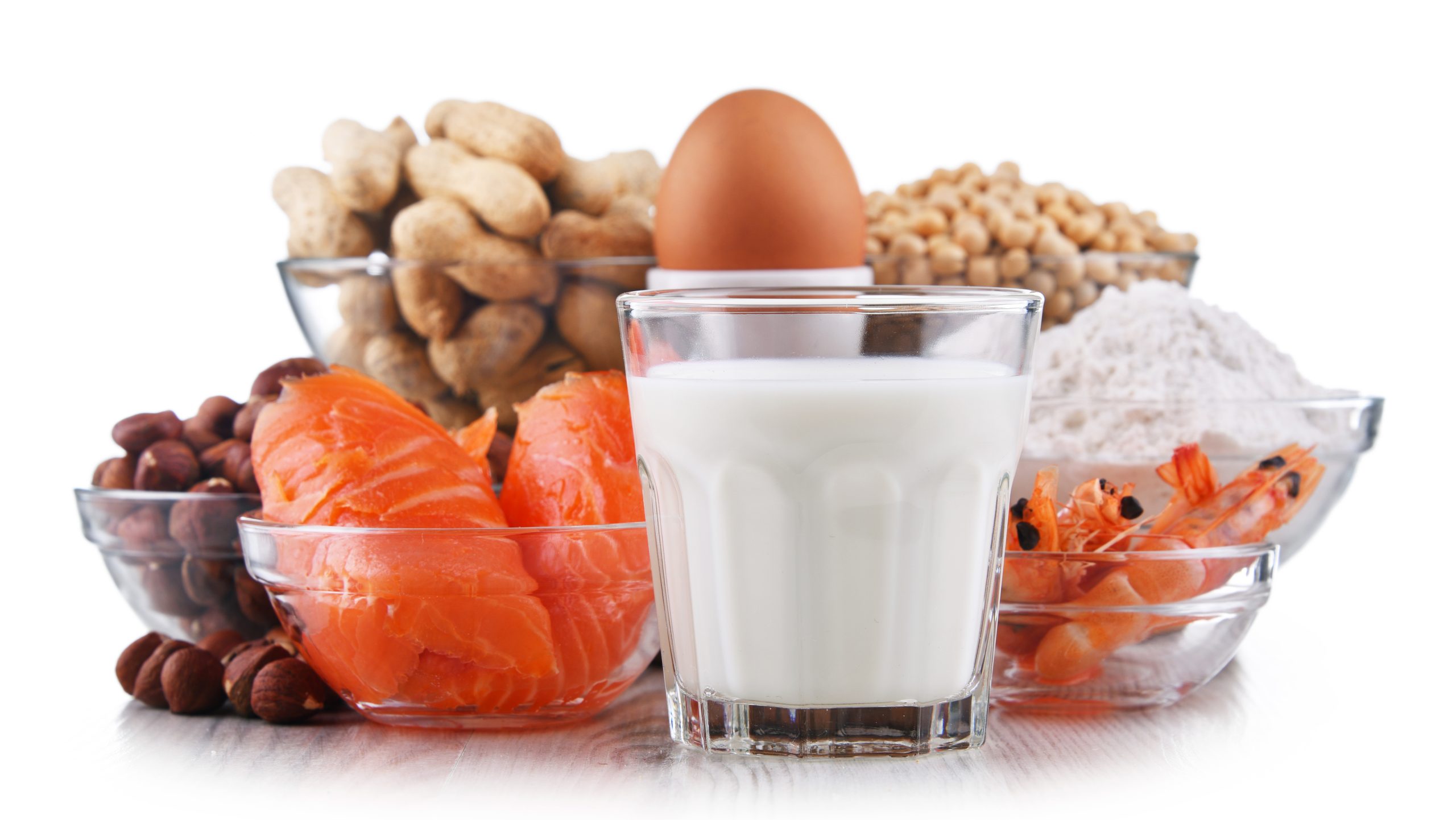
Menu Ideas
The following menu ideas provide a variety of foods, colors, and textures that do not contain any of the nine common allergens. Some recipes contain multiple meal components listed in parentheses after the recipe.

You can find the featured Menu Ideas recipes in the resources below:
- The Child Nutrition Recipe Box has USDA standardized recipes for child care centers and family child care homes.
- The Child Nutrition Recipe Box: New CACFP Lunch/Supper Recipes has standardized recipes per age group (3–5 years old and 6–18 years old) and for servings of 6, 25, and 50.
References
Food Allergy Research and Education. (2020). Avoiding cross-contact. https://www.foodallergy.org/resources/avoiding-cross-contact
Food Allergy Research and Education. (2020, November). Tips for avoiding your allergen. https://www.foodallergy.org/living-food-allergies/food-allergy-essentials/common-allergens/tips-avoiding-your-allergen
Food Allergy Research and Education. (2021, April 23). With the stroke of President Biden’s pen, FASTER Act for sesame labeling becomes law. https://www.foodallergy.org/media-room/stroke-president-bidens-pen-faster-act-sesame-labeling-becomes-law
Food Allergy Research and Education. (n.d.). Common allergens. https://www.foodallergy.org/living-food-allergies/food-allergy-essentials/common-allergens
Food Allergy Research and Education. (n.d.). Food allergy 101. https://www.foodallergy.org/living-food-allergies/food-allergy-essentials/food-allergy-101
Food Allergy Research and Education. (n.d.). How a child might describe a reaction. https://www.foodallergy.org/resources/how-child-might-describe-reaction.
Food Allergy Research and Education. (n.d.). How to read a food label. https://www.foodallergy.org/resources/how-read-food-label
Food Allergy Research and Education. (n.d.). School posters and infographics. https://www.foodallergy.org/resources/school-posters-infographics
Institute of Child Nutrition. (2020, June 23). Food allergy fact sheet: Overview of food allergies. https://theicn.org/icn-resources-a-z/food-allergy-fact-sheets
Institute of Child Nutrition. (2021, November). Child care center food allergy fact sheets. https://theicn.org/icn-resources-a-z/child-care-center-food-allergy-fact-sheets
Institute of Child Nutrition. (n.d.). Black bean hummus – USDA recipe for child care centers. Child Nutrition Recipe Box. https://theicn.org/cnrb/recipes-for-centers-vegetables/black-bean-hummus-usda-recipe-for-cacfp/
Institute of Child Nutrition. (n.d.). Child nutrition recipe box. https://theicn.org/cnrb/
Institute of Child Nutrition. (n.d.). New CACFP lunch/supper recipes. Child Nutrition Recipe Box. https://theicn.org/cnrb/2022-cacfp-recipes/
Institute of Child Nutrition. (n.d.). Taco-seasoned stuffed peppers for ages 3-5. Child Nutrition Recipe Box. https://theicn.org/cnrb/ages-3-5/age-3-5-6-servings/taco-seasoned-stuffed-peppers-for-ages-3-5/
Institute of Child Nutrition. (n.d.). Turkey breakfast sausage – USDA recipe for child care centers. Child Nutrition Recipe Box. https://theicn.org/cnrb/uncategorized/turkey-breakfast-sausage-usda-recipe-for-cacfp/















